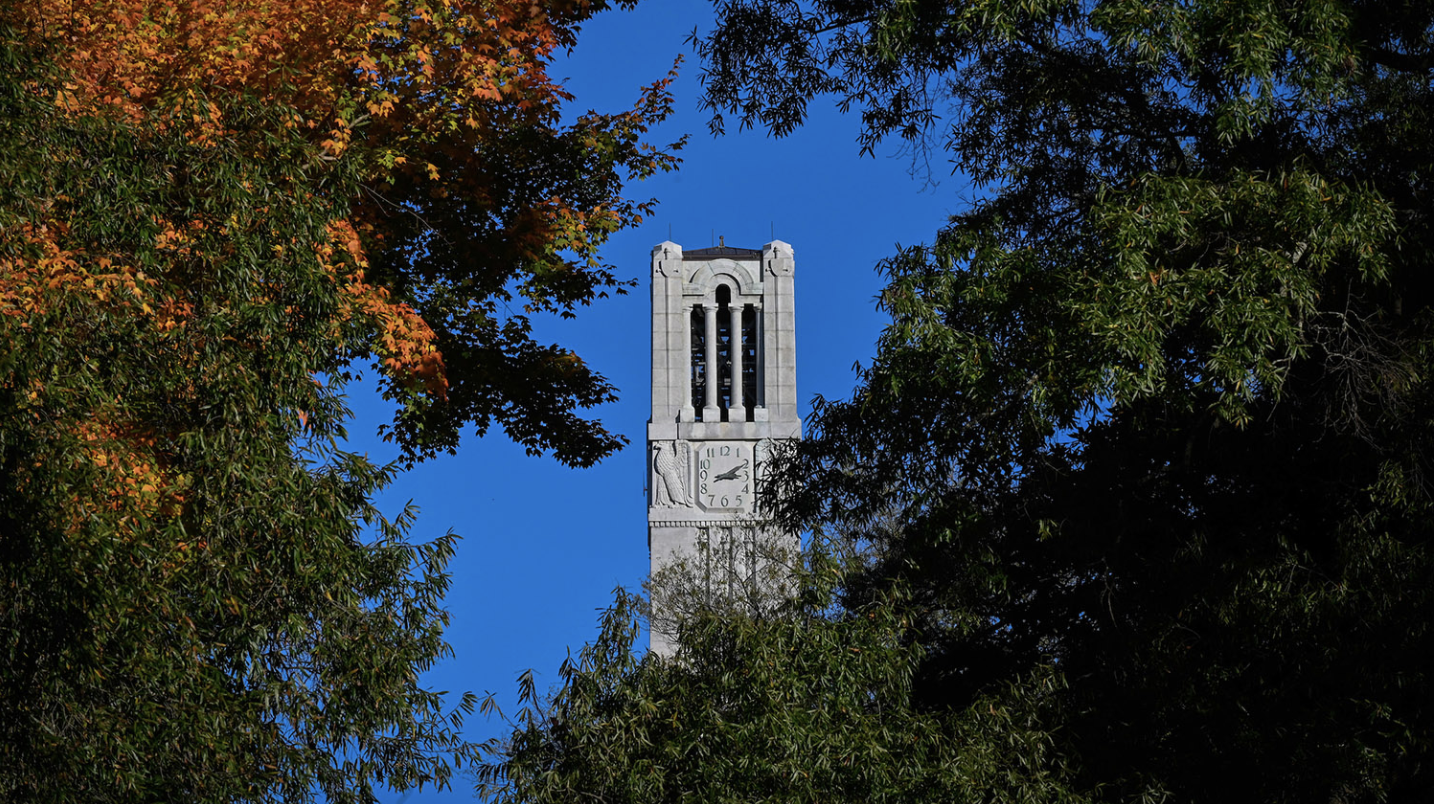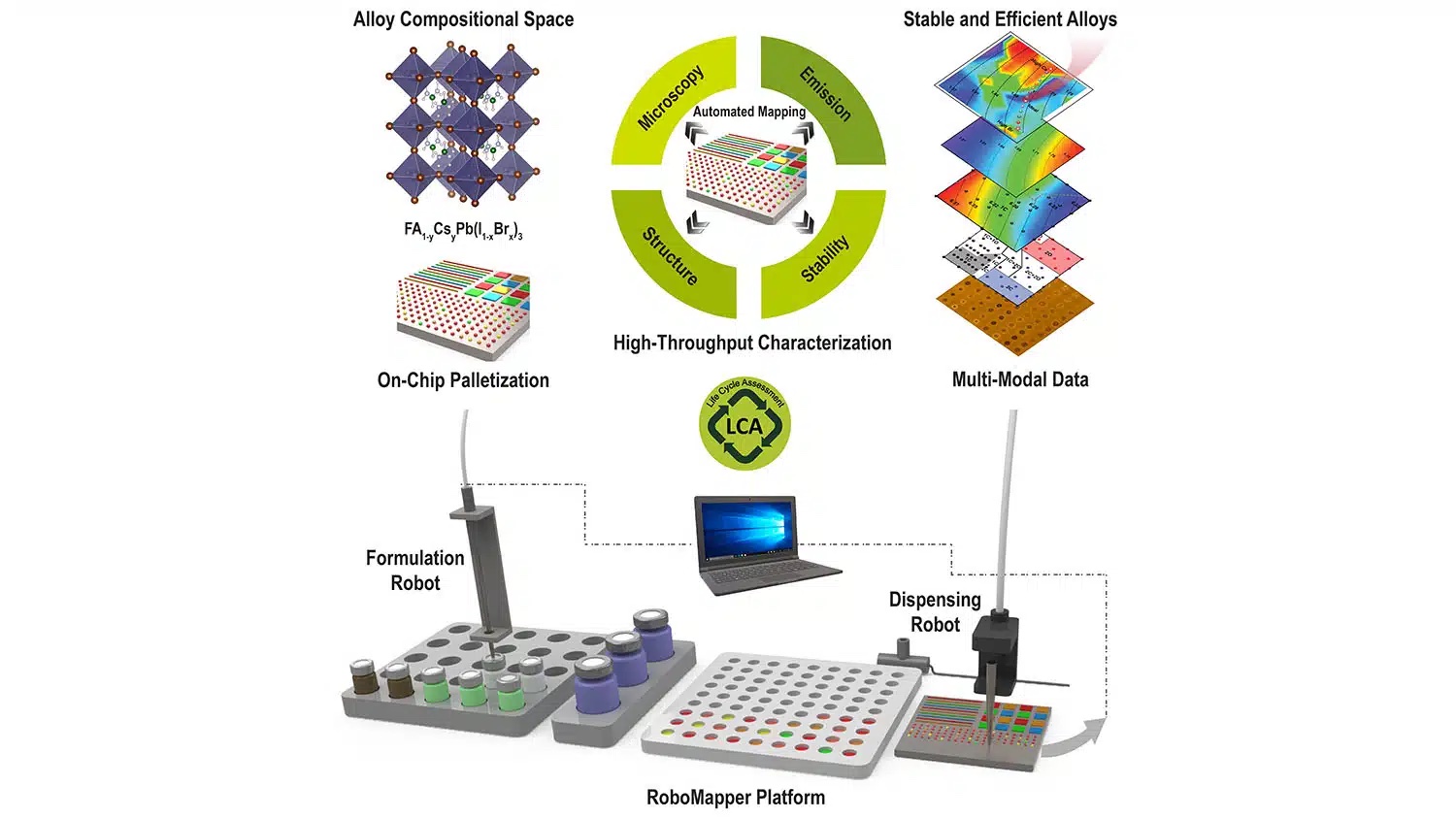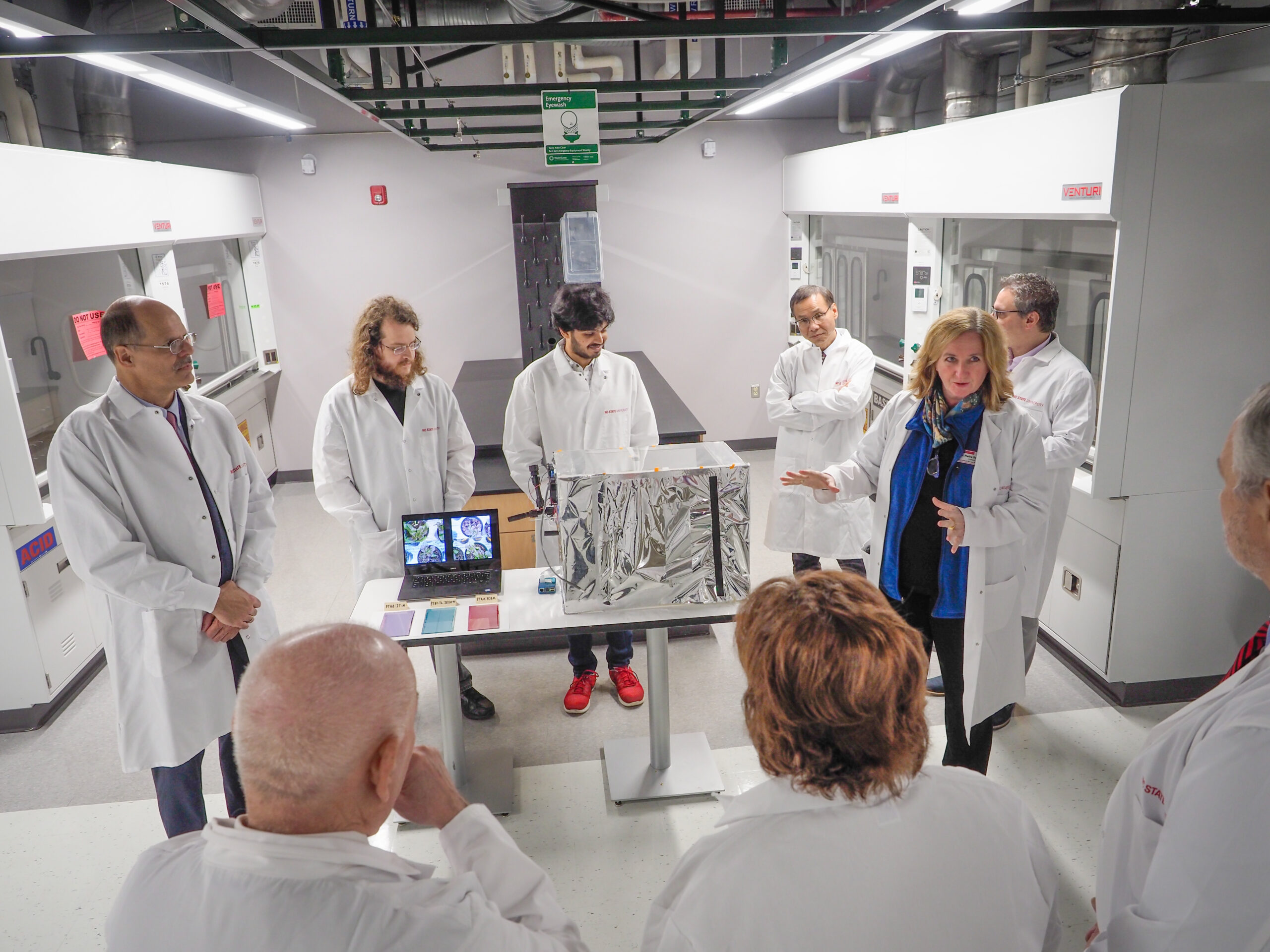Prof. Albena Ivanisevic, from NCSU MSE, Will Speak at ORaCEL Seminar on March 5, 2019
Bioelectronics Communications: Encoding Regulatory Responses Using Nanostructured Semiconductor Thin Films
[ezcol_1half]Prof. Albena Ivanisevic
NC State University, Department of Materials Science and Engineering
E-mail: aivanis@ncsu.edu
Group Website
[/ezcol_1half] [ezcol_1half_end]
Date: Tuesday March 5, 2019
Venue: Toxicology Auditorium 2104
Time: 11:00 AM–12 PM.[/ezcol_1half_end]
Abstract
The talk will highlight representative studies, challenges and opportunities towards utilization of charge, conductivity, photoconductivity, polarity and surface chemistry in biomolecular interfaces.
The talk will explore how GaN, GaOOH and Ga2O3 nanostructured materials can be used to encode and decode physiological responses during in vitro studies. The semiconductor materials can be functionalized with different surface chemistries and characterized via X-ray Photoelectron Spectroscopy, Photocurrent Measurements, Atomic Force Microscopy and Kelvin Probe Force Microscopy. UV light can be utilized to induce persistent photoconductivity that results in charge accumulation on the surface. The morphological, chemical and electronic properties of the nanostructured films can be employed to activate the cell wall integrity pathway or stimulate cells. The encoded cell responses are induced by the semiconductor interfacial properties associated with the surface chemistry, nanoscale topography and the accumulation of charge on the surface that promotes the build-up of oxygen species. The semiconductor interfaces can also alter the membrane voltage of cells or the amount of intracellular calcium produced. The results thus define a strategy for bioelectronics communication where the roughness, surface chemistry and charge of the wide band gap semiconductor’s thin film surface initiate the encoding of the cell response.
 Biography:
Biography:
Albena Ivanisevic earned her B.S. in Chemistry from Drake University in 1996 and her Ph.D. in Chemistry from the University of Wisconsin in Madison in 2000. She was an NIH postdoctoral fellow at Northwestern University from 200-2002 and began her independent faculty career at the Purdue University in 2002 where she earned tenure. Ivanisevic moved to North Carolina State University in the summer of 2011 where she is currently a professor in the Materials Science Department. Ivanisevic is a University Faculty Scholar. Since 2013 Ivanisevic is an Associate Editor of ACS Applied Materials & Interfaces, the ACS journal focused on chemistry and engineering of applications-focused research in materials and interfaces.
Since 1999 she has authored or co-authored more than 100 peer-reviewed articles on surface functionalization, patterning and characterization with a focus on bio-interface applications.
Awards
- 2013-2014 University Faculty Scholar (annual supplement for five years)
- BMEGSA Outstanding Faculty Award, Purdue University (2011)
- Entrepreneurial Leadership Academy, Purdue University (2009)
- Weldon School of Biomedical Engineering Faculty Service Award (2006)
- MIT Technology Review’s TR100 Award: Top 100 Young Innovators (2004)
- NASA Summer Faculty Fellow (2004)
- National Institutes of Health Postdoctoral Fellowship (Northwestern University, 2000-2002)
- Dr. E. Hirschfelder Award for Women in Chemistry, Math, and Physics (UW-Madison, 2000)
- Belle Crowe Fellowship (UW-Madison, 2000)
- Dr. William Coppock Chemistry Research Award (Drake University, 1996)
- Beta Beta Beta, Biological Sciences Honor Society (Drake University, 1995)
- Saylor Wilson Memorial Scholarship (Drake University, 1994)
- Drake University Scholarship (Drake University, 1993-1996)


